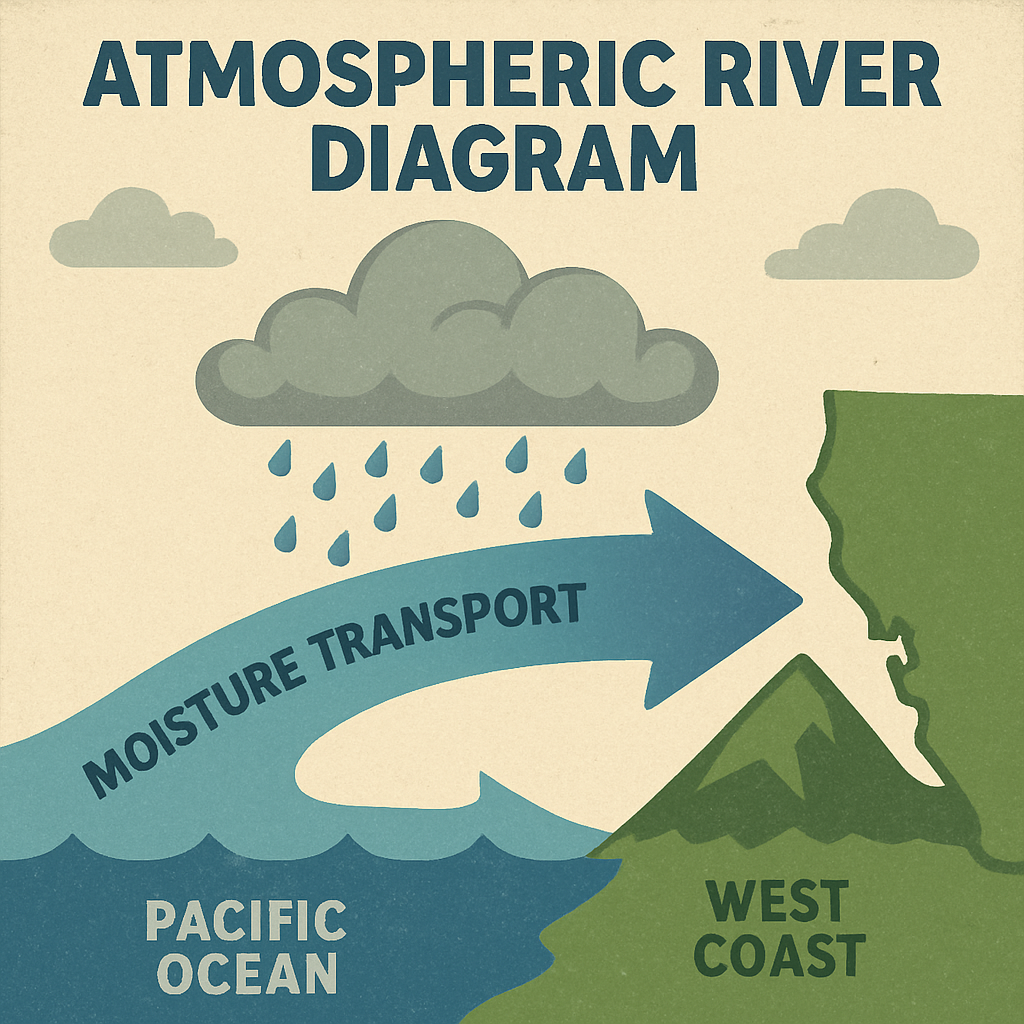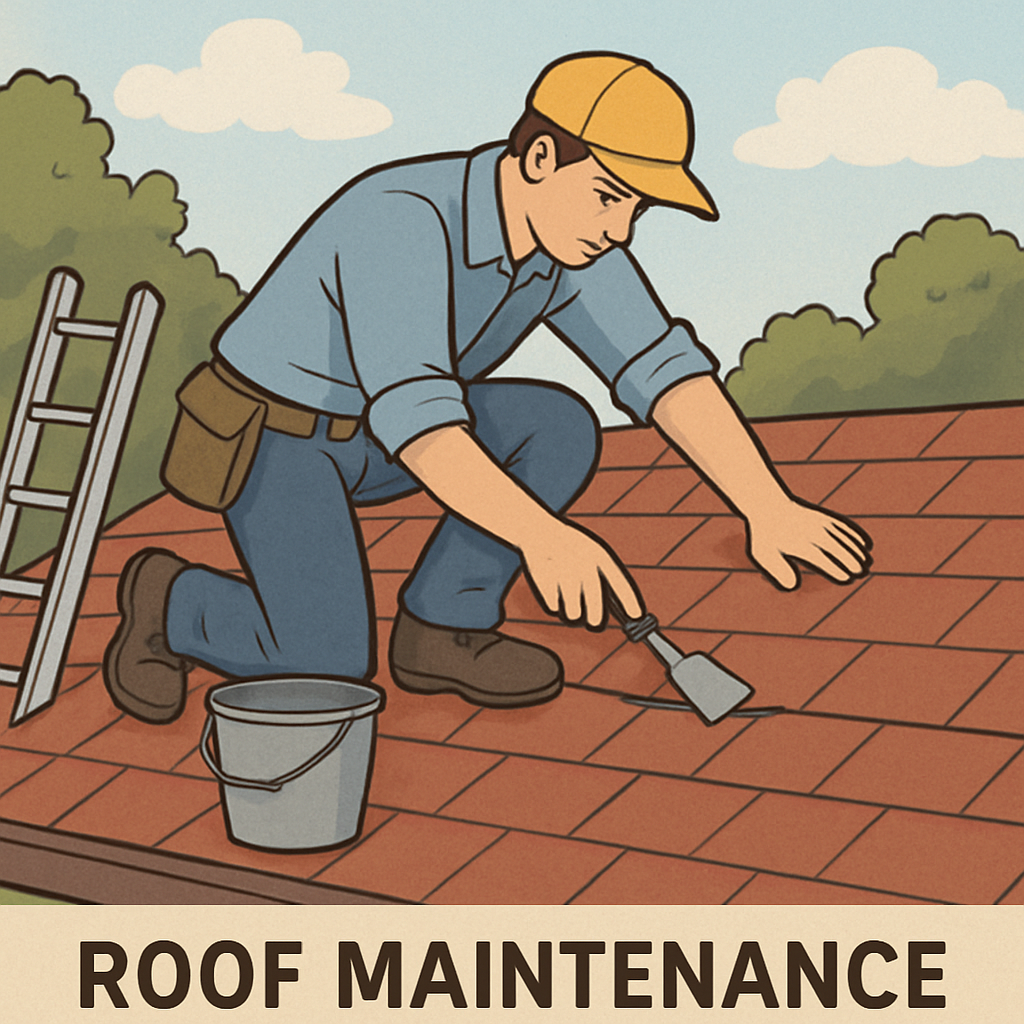Atmospheric rivers are long, narrow regions in the atmosphere that transport most of the water vapor outside of the tropics. They can be thousands of miles long and are responsible for the majority of the horizontal transport of water vapor across mid-latitudes. When this vapor makes landfall, it releases rain or snow, which can cause severe flooding in affected areas. These events can bring more water than a hurricane and are a major cause of flooding on the U.S. West Coast and other parts of the world. Understanding the nature of atmospheric rivers can help you better prepare for the impact they might have on your home, providing insight into why certain areas are more vulnerable and how to anticipate potential threats.
The Impact on Your Home
The intense rainfall from atmospheric rivers can overwhelm drainage systems, lead to flash floods, and cause rain to intrude into homes. This can result in water damage to walls, floors, and foundations, as well as create conditions for mold growth. Mold not only causes structural damage but also poses health risks, exacerbating allergies and respiratory issues. Furthermore, the economic impact of flood damage can be significant, often requiring costly repairs and renovations. By understanding the full scope of potential damage, homeowners can prioritize the most effective protective measures and investments to safeguard their properties.
Home Flood Protection Strategies
Protecting your home from flood damage involves a combination of preventive measures and emergency preparedness. Effective strategies not only protect your property but can also enhance its value and resilience against future weather events. Here are some strategies to consider:
Inspect and Maintain Your Roof and Gutters
One of the first lines of defense against rain intrusion is a well-maintained roof and gutter system. Regularly inspect your roof for missing or damaged shingles and ensure that gutters and downspouts are clear of debris. This allows rainwater to flow freely away from your home, reducing the risk of water pooling and seeping into your structure. Consider installing gutter guards to prevent leaves and debris from clogging your system, and schedule professional roof inspections to identify and address potential weaknesses before they become major issues. Additionally, ensure downspouts direct water at least three feet away from the foundation to prevent seepage into the basement or crawl space.
Seal Windows and Doors
Windows and doors are common entry points for water during heavy rainfall. Check for any gaps or cracks around these areas and use weather stripping or caulk to seal them. This simple step can prevent rainwater from leaking into your home during an atmospheric river event. Investing in storm windows and doors can provide an extra layer of protection, as they are designed to withstand high winds and heavy rain. Regularly inspect and maintain seals to ensure they remain effective, and consider upgrading to impact-resistant windows for enhanced durability and security.
Install a Sump Pump
If your home has a basement or is located in a low-lying area, installing a sump pump can be an effective way to prevent flooding. A sump pump automatically removes water that accumulates in a sump basin, directing it away from your home. Ensure that your sump pump is in good working condition and consider a battery backup in case of power outages. Regular maintenance, such as cleaning the pump and checking the discharge pipe, is essential to ensure reliable operation during a storm. For added protection, consider installing a water alarm to alert you in case of sump pump failure or rising water levels.
Elevate Electrical Systems
To minimize the risk of electrical damage during a flood, elevate electrical components such as circuit breakers, switches, and outlets above potential flood levels. This precaution not only protects your home but also ensures the safety of its occupants. Elevated systems can prevent costly repairs and reduce the risk of fire hazards associated with water exposure. Consult with a qualified electrician to assess your home’s electrical layout and make necessary adjustments, ensuring compliance with local building codes and safety standards.
Preparing an Emergency Supply List
Being prepared with the right supplies can make all the difference in an emergency. Having a well-stocked emergency kit ensures that you have the necessary resources to sustain your family during and after a storm. Here’s a basic emergency supply list to keep on hand for atmospheric river events:
Essential Supplies
- Water: At least one gallon per person per day for at least three days. Consider additional water for pets and sanitation needs.
- Non-perishable Food: Enough to last at least three days. Include items that require minimal preparation and are easy to store.
- Flashlights and Batteries: In case of power outages. Consider LED options for longer battery life.
- First Aid Kit: Including necessary medications. Customize your kit to address any specific health needs of family members.
- Multi-purpose Tool: Such as a Swiss army knife. Tools can be invaluable for emergency repairs or adjustments.
- Sanitation Items: Toilet paper, garbage bags, and personal hygiene items. Maintaining cleanliness is crucial during prolonged emergencies.
Important Documents and Personal Items
Keep important documents such as insurance policies, identification, and bank records in a waterproof container. Additionally, gather personal items like spare clothing, blankets, and any necessary pet supplies. Having quick access to these items can expedite recovery efforts and reduce stress during evacuation or displacement. Consider creating digital copies of critical documents and storing them securely online for added accessibility and security.
Communication Tools
Have a battery-powered or hand-crank radio to stay informed about weather updates and emergency instructions. A portable phone charger is also useful to maintain communication during a power outage. Staying connected with local authorities and emergency services can provide vital information and guidance during an event. Consider joining community alert systems to receive timely notifications and updates.
Effective Home Preparation for Atmospheric Rivers
Preparing your home for an atmospheric river involves not only physical changes to your property but also ensuring you have a plan in place. Proactive measures can significantly reduce the impact of severe weather and enhance your family’s safety and resilience. Here are some additional steps to consider:
Develop a Family Emergency Plan
by Valeriia Neganova (https://unsplash.com/@neganova)
Ensure that everyone in your household knows what to do in the event of a flood. Establish a meeting point, discuss evacuation routes, and assign responsibilities to each family member. Practice your emergency plan regularly to ensure everyone is prepared. Involve all family members in the planning process to address specific needs and concerns, and update the plan annually or as circumstances change.
Secure Outdoor Items
High winds and heavy rain can turn outdoor furniture and decorations into hazards. Secure or store these items to prevent them from causing damage to your home or becoming projectiles. Consider investing in durable outdoor storage solutions or anchor systems to protect your belongings. Regularly inspect and maintain outdoor areas to minimize potential risks and ensure quick action before a storm.
Monitor Weather Reports
Stay informed about the weather conditions in your area. Local news channels and weather apps can provide timely updates on atmospheric river events, giving you the opportunity to take action if necessary. Sign up for alerts from the National Weather Service or other reputable sources to receive notifications directly to your phone or email. Understanding the forecast allows you to implement your preparedness plan effectively and make informed decisions about safety and evacuation.
Conclusion
Preparing for atmospheric river events is essential for protecting your home and family from the potential dangers of heavy rainfall and flooding. By implementing these home flood protection strategies and preparing an emergency supply list, you can mitigate the risks associated with these powerful weather phenomena. Stay informed, stay prepared, and ensure the safety and security of your home during an atmospheric river event. Remember, proactive preparation not only safeguards your property but also provides peace of mind and confidence in the face of nature’s challenges.







